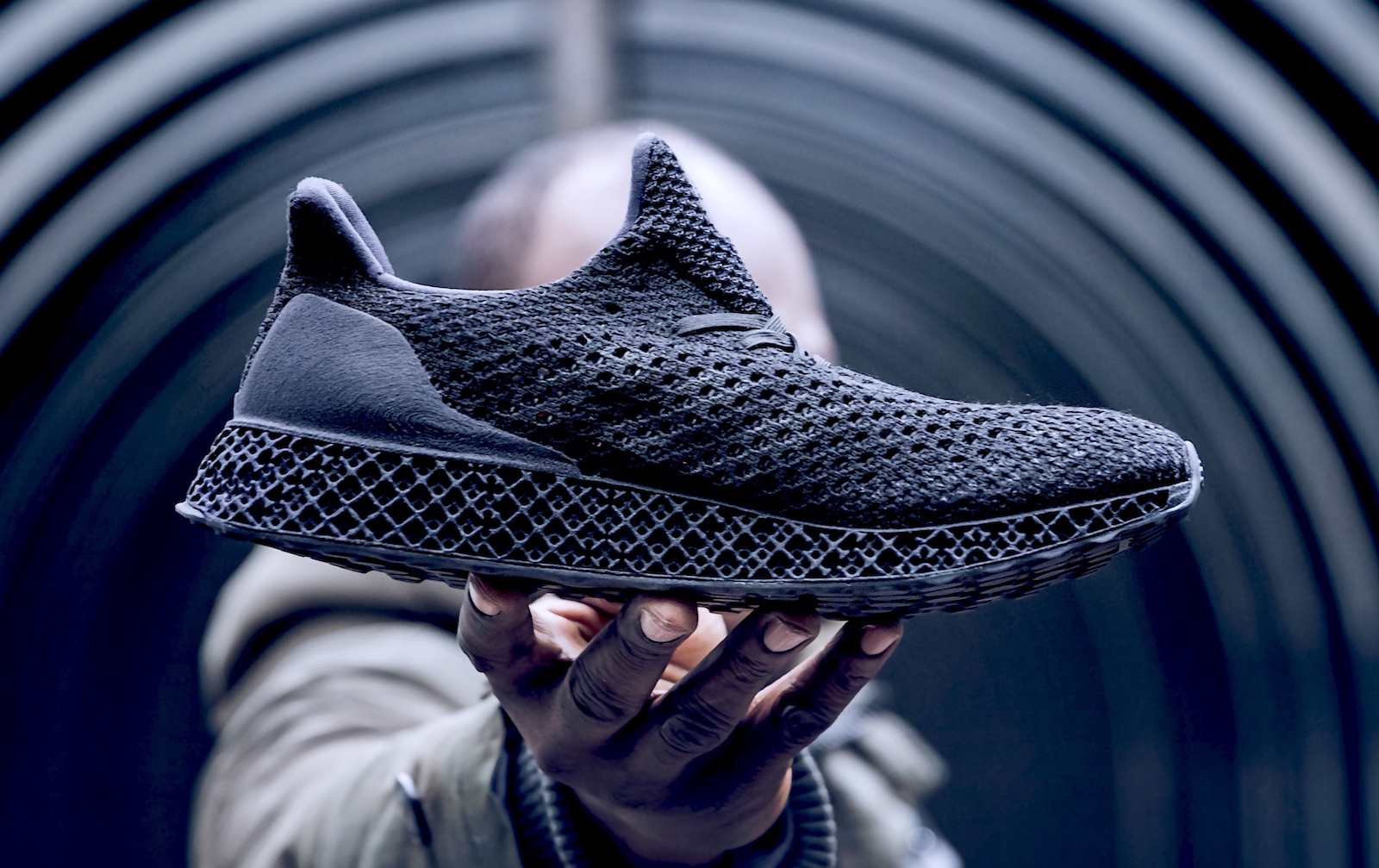

Google’s driverless cars have already logged over 300,000 accident-free autonomous miles. Three states (CA, NV, FL) presently permit testing of autonomous vehicles.

The world’s first self-contained bionic eye, the Alpha IMS, connects directly to the brain via electrodes. Though the image quality is nowhere near 20/20, future iterations should be able to restore sight for some types of blindness. Within a few years, we’ll be able to add bionic contact lenses to this list.
Exoskeletons for Restored Mobility

Ekso Bionics, MindWalker and ReWalk developed wearable exoskeletons designed to help people with lower-limb disabilities walk. Ekso and ReWalk models achieve this with body controls, while MindWalker uses a non-invasive Brain / Neural Computer Interface.
3D Printing in the Home

Injection-mold 3D printers out for several years, but recent developments are simultaneously decreasing costs and adding the types of printable materials (including metal). Together with open-source design3D printers allow for the creation of musical instruments, camera lenses, clothes, and a plethora of other cool stuff.
3D Bio-Printing

Bio-printing is said to potentially save millions of lives. (Every day, 18 people die while waiting for organ transplants). Earlier this year, CA-based company Organovo revealed they had printed “mini-livers,” with transplantable human livers (hopefully) a few years off.
Mind-Controlled Prosthetics

Newer prosthetics can interface with nerves on the muscular level, but DARPA’s Revolutionizing Prosthetics program has made significant progress toward controlling these devices with a neural interface. These devices will also provide direct biosensory feedback, restoring a small degree of feeling for amputees.
Programmable Matter

Think of programmable matter as data in a physical space, with the ability to manipulate itself based on a set of instructions. At the basic level, this could mean a material is able to change its conductivity, density, or shape. On a higher level, this allows for self-configuring modular robots.
Quantum Computers

Quantum computers use qubits (rather than binary bits) to perform data processing operations. It allows calculations thousands of times faster than modern super computers. The technology is in its infancy, stage, but earlier this year, Google and NASA purchased a D-Wave Two, the world’s first commercially available quantum computer.
 ent went to the doctor for tonsillitis, and a chest X-ray revealed a growth on his fifth rib caused by a congenital defect. This type of growth could worsen and cause pulmonary problems later in life, so his doctors decided the rib should be removed. The surgery replaced the tumorous rib with a 3D printed rib took at Tokuda Hospital in Bulgaria, a first for the country. The rib needed to have exactly the same dimensions as the original rib, so 3D printing was chosen due to its ability to accurately reproduce organic shapes. Replacing the missing rib with a 3D printed segment with the same shape, curve, width, and thickness was possible with the use of a 3DGence 3D printer.
ent went to the doctor for tonsillitis, and a chest X-ray revealed a growth on his fifth rib caused by a congenital defect. This type of growth could worsen and cause pulmonary problems later in life, so his doctors decided the rib should be removed. The surgery replaced the tumorous rib with a 3D printed rib took at Tokuda Hospital in Bulgaria, a first for the country. The rib needed to have exactly the same dimensions as the original rib, so 3D printing was chosen due to its ability to accurately reproduce organic shapes. Replacing the missing rib with a 3D printed segment with the same shape, curve, width, and thickness was possible with the use of a 3DGence 3D printer.








![[3D-printed ear]](https://i0.wp.com/cdn1.medicalnewstoday.com/content/images/articles/306/306631/3d-printed-ear.jpg)
![[3D-printed jaw bone]](https://i0.wp.com/cdn1.medicalnewstoday.com/content/images/articles/306/306631/3d-printed-jaw-bone.jpg)












































































Written
on September 8, 2013